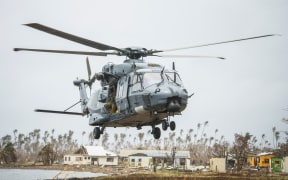The government will spend $20 billion on the Defence Force in a long-term investment plan that includes a new cyber security system for defence networks.
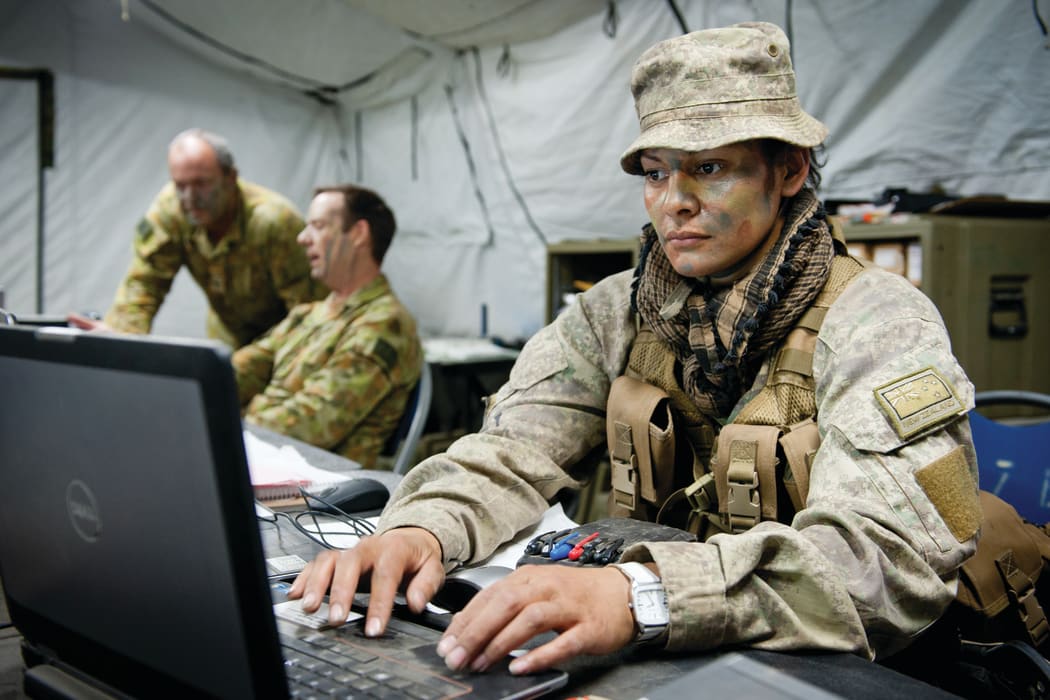
The $20bn spend outlined in the White Paper will be spread over 15 years. Photo: NZDF
A new White Paper, which updates the Defence Force's policy, was released this morning.
It detailed plans to replace the Air Force Boeing 757, the C130-Hercules, the Orion maritime patrol aircraft and the ANZAC frigates, over the next 15 years.
It also said work was well under way to consider whether the existing Light Armoured Vehicles might be modernised, or replaced.
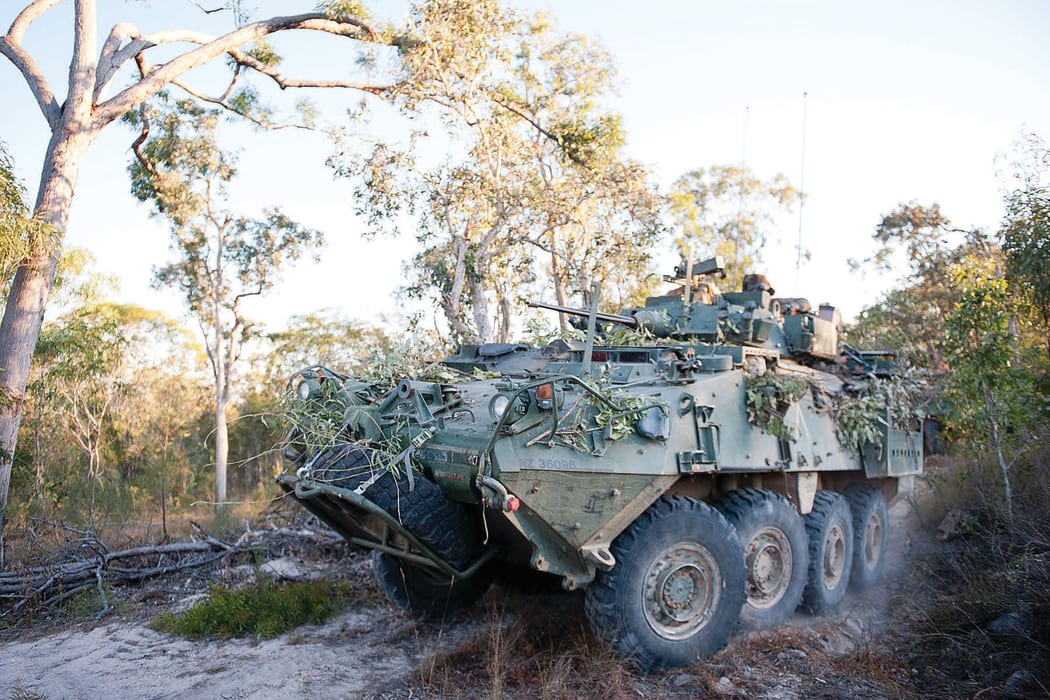
The plan allows for the replacement or review of the Defence Force's aircraft, frigates and Light Armoured Vehicles. Photo: NZDF
While New Zealand did not face the prospect of an imminent military attack, there were growing threats as a result of failing states and pressure on food and water resources, the paper said.
Prime Minister John Key said the new policy was being launched at a time of "increasing uncertainty and instability in the international environment".
"The emergence of ISIL (Islamic State of Iraq and the Levant), heightened tensions in the East and South China seas, increases in military spending across South East Asia, and the rapid evolution and spread of cyber threats are just a few examples," he said.
New Zealand's geographical isolation did not provide the protection it once did, Mr Key said.
"As a maritime nation dependent on open trade routes, our security and prosperity is inextricably linked to events occurring far from our shores.
"New Zealand needs a defence force than can protect New Zealand and also contribute to international security and stability," he said.
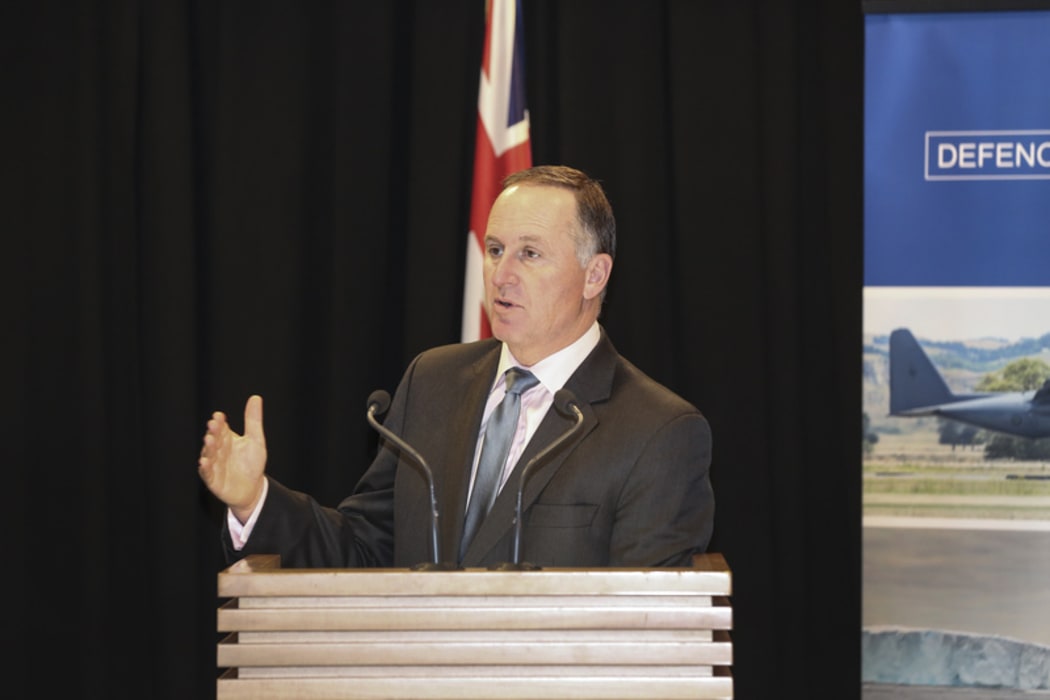
Prime Minister John Key presents the White Paper at Parliament Photo: RNZ/Rebekah Parsons-King
This included responding to activities in New Zealand's Exclusive Economic Zone, Antarctica and the Southern Ocean, Mr Key said.
Cyber security was also identified as a major new risk, and a new defence cyber support network would be developed.
More intelligence personnel would be hired to help analyse and distribute information collected from surveillance.
The paper noted demand for disaster relief and and recovery efforts in the South Pacific would increase in coming decades.
Cyber attacks 'as effective a weapon as a bomb'
The White Paper noted increasing reliance on technology and information was creating "new vulnerabilities".
The threat to systems relying on networked technologies had increased "markedly" since 2010, it said.
"New Zealand therefore has an interest in contributing to international cyberspace and space efforts to protect this infrastructure from being exploited or disrupted."
Defence Minister Gerry Brownlee would not give specific details about the resourcing for the boosted cyber security system, as that had not yet been determined.
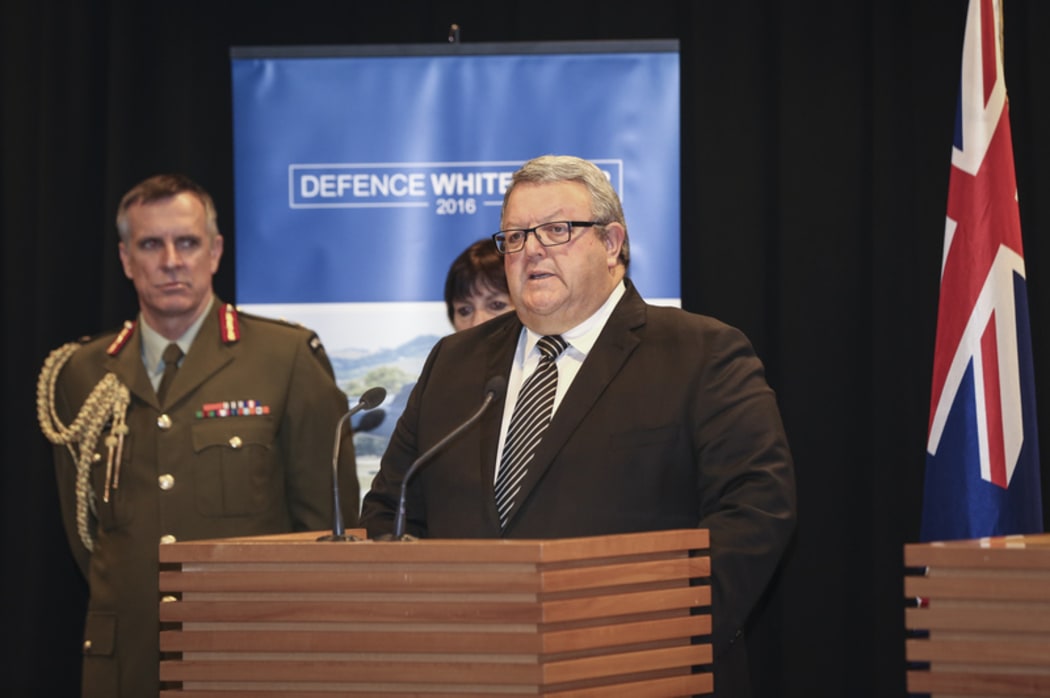
Defence Minister Gerry Brownlee also spoke at the paper's presentation. Photo: RNZ/Rebekah Parsons-King
"But it will be a significant number of people who are deployed into the armed forces or from the armed forces who will specialise in, to a greater extent, in this sort of deterrent."
Mr Brownlee said cyber weapons were now significant, as evidenced by the reliance of individuals on a multitude of technologies.
"Now you can multiply that across a whole economy, or a whole set of economies and see what the potential might be to turn an attack on that - we all know about this - cyber attacks into an effective a weapon as a bomb.
"So it's a much wider concept than just saying it's to protect, or it's to attack - we need to know what other people are up to, particularly in a military sense."
When asked how closely the Government Communications Security Bureau would be involved, Mr Brownlee said there would be a "high level of co-operation".
Maritime threats and illegal fishing
As activity in New Zealand's waters increased, the White Paper warned incidents that required a New Zealand response were more likely to occur.
It said the size, intrinsic value and challenges associated with managing the country's large maritime domain underlined the significance of maritime threats to New Zealand.
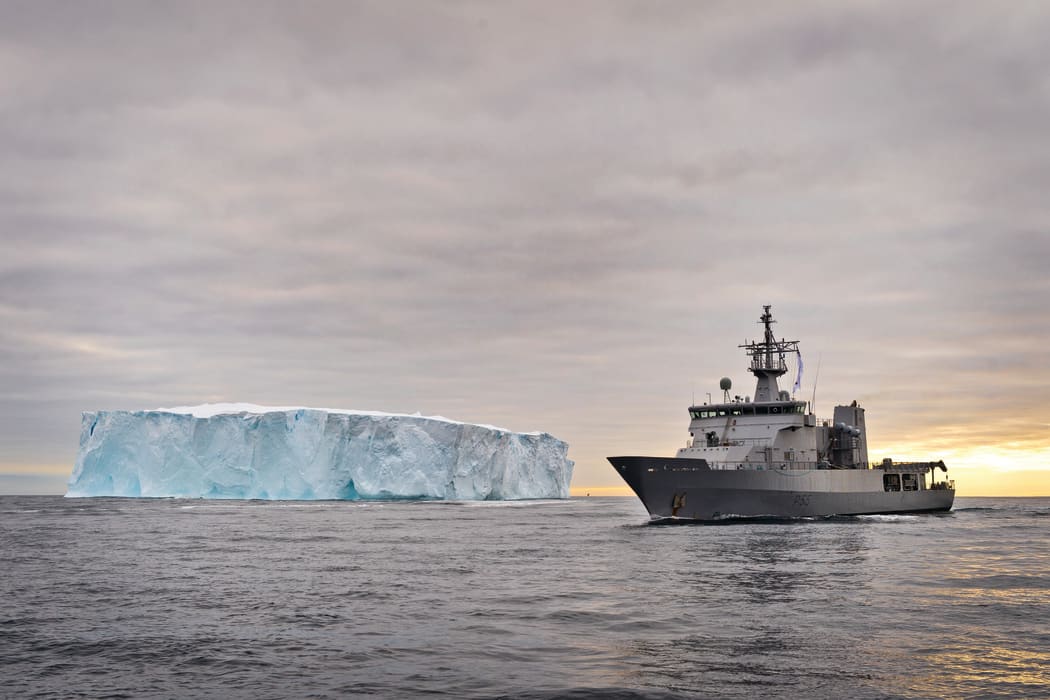
The White Paper highlighted the Defence Force's activities and responsibilities in Antarctica and the Southern Ocean. Photo: NZDF
New Zealand had a direct interest in the stability of Antarctica and the Southern Ocean, including its preservation, and the Defence Force must continue to monitor illegal, unregulated and unreported fishing, the paper said.
Mr Brownlee said illegal fishing came at a great cost to the country.
"Illegal fishing is one of the things that troubles us the most. It is an attack on our economy.
"Similarly throughout the Pacific when you have unregulated fishing in some of our Pacific neighbours, that is also an attack on their economy and comes at a cost to us and our partner nations," Mr Brownlee said.
The White Paper also raised concerns about escalating tensions in the East and South China seas.
Over half of the country's maritime trade passed through the South China Sea, and the paper predicted that, over the coming decades, it was likely to remain a contested environment.
There would be serious implications for trade routes, and New Zealand's ability to service markets, should major instability occur in the region, it said.
"A secure maritime environment is vital to ensure our continued prosperity through maritime trade, as it is estimated that 99 percent of New Zealand's exports and imports are delivered by sea transport," Chief of the Defence Force Lieutenant General Tim Keating said.
"We just can't leave maritime security responsibilities to others without having a credible contribution ourselves," he said.
Funding not broken down
A $20bn price tag over the next 15 years would be needed to implement the plan, but the White Paper did not contain a specific breakdown of costs.
Mr Key said the money would have to be appropriated through the normal budget process.
"So Budget 2016 had the forecast period where there was some obviously increase but also base allocation for [the Defence Force].
"Secondly, there is some that can be funded through their depreciation allowance but over time, future budgets will have to make bigger allowances, both capital and operating, for Defence's capability."
The level of military spending was justified, Mr Key said.
"Well, firstly, it's over a long period of time... Secondly, if you look at our spending at about 1.1 percent of GDP, it's at the more modest end of spending when nations allocate resources towards our military capability."
